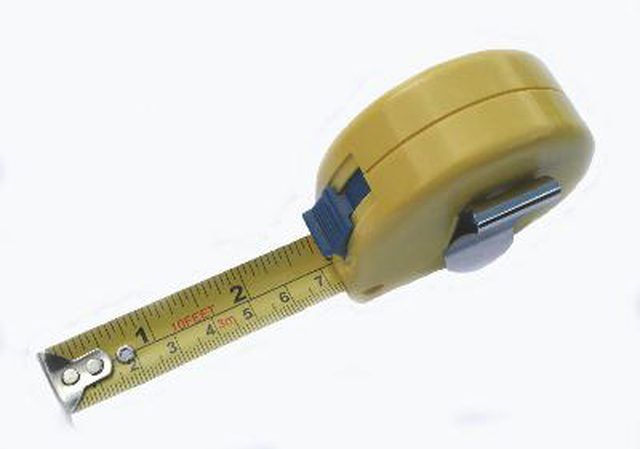Bulbs
Flower Basics
Flower Beds & Specialty Gardens
Flower Garden
Garden Furniture
Garden Gnomes
Garden Seeds
Garden Sheds
Garden Statues
Garden Tools & Supplies
Gardening Basics
Green & Organic
Groundcovers & Vines
Growing Annuals
Growing Basil
Growing Beans
Growing Berries
Growing Blueberries
Growing Cactus
Growing Corn
Growing Cotton
Growing Edibles
Growing Flowers
Growing Garlic
Growing Grapes
Growing Grass
Growing Herbs
Growing Jasmine
Growing Mint
Growing Mushrooms
Orchids
Growing Peanuts
Growing Perennials
Growing Plants
Growing Rosemary
Growing Roses
Growing Strawberries
Growing Sunflowers
Growing Thyme
Growing Tomatoes
Growing Tulips
Growing Vegetables
Herb Basics
Herb Garden
Indoor Growing
Landscaping Basics
Landscaping Patios
Landscaping Plants
Landscaping Shrubs
Landscaping Trees
Landscaping Walks & Pathways
Lawn Basics
Lawn Maintenance
Lawn Mowers
Lawn Ornaments
Lawn Planting
Lawn Tools
Outdoor Growing
Overall Landscape Planning
Pests, Weeds & Problems
Plant Basics
Rock Garden
Rose Garden
Shrubs
Soil
Specialty Gardens
Trees
Vegetable Garden
Yard Maintenance
How to Design a Basic Home Garden PVC Drip Watering System
How to Design a Basic Home Garden PVC Drip Watering System. Drip irrigation allows for conservation of water and ensures that garden plants receive an adequate amount of water--while avoiding issues of evaporation and wasting water on weeds. A good irrigation system can be designed using PVC pipe, which is durable and cost-effective.The water can...

Drip irrigation allows for conservation of water and ensures that garden plants receive an adequate amount of water--while avoiding issues of evaporation and wasting water on weeds. A good irrigation system can be designed using PVC pipe, which is durable and cost-effective.
The water can originate from many sources, including irrigation ditches and wells.
Things You'll Need
Graph paper
Pencil
Tape measure
Take measurements of your garden area where you will install the drip irrigation system. By having the proper measurements, you can lay out your design on graph paper. Also, mark where water connections are, in relation to the garden. These details will help with the calculations on how much pipe and how many fittings will be necessary.
Basic emitters use 1 gallon of water per hour. Smaller emitters use 1/2 gallon of water per hour. To calculate how big your lines should be, count the number of emitters along the lines. If you have too many emitters for your system to work properly, set up zones that will water at different times to take the pressure off of the system as a whole.
Create a scale drawing by laying out your planned crops within the dimensions of the garden. Arrange your crops so anything that can be put on the drip system reside in one area while crops that will benefit from sprinklers are in another area.
Trees, vines, and other permanent crops are excellent candidates for a PVC pipe drip irrigation system.
Hill crops such as squash, melons and cucumbers will work best for the first-time drip irrigation system, especially if you're planning to only install it in part of your garden the first year.
Draw in your drip irrigation line. Now that you know where you'll need the water, you can easily estimate the number of fittings and amount of PVC pipe you'll need.
Consider how often you'll move your drip irrigation system. Some lines may be permanent and can be glued together. Others may need to be moved at some point, so gluing may not be desired. The PVC pipe will fit together tightly enough that normal drip line pressure will not cause any leaks.
Tips & Warnings
Consider adding an electronic timer to your drip irrigation system to automate watering.
You can include permanent crops such as trees, vines and rhubarb to your design for drip irrigation.